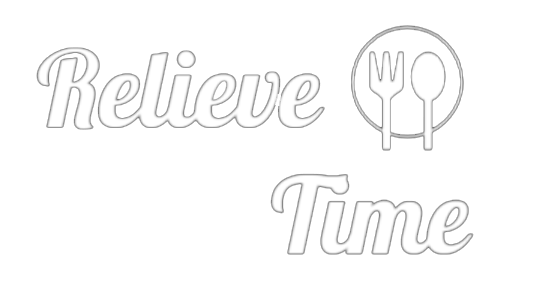Wine 101: The Composition of Wine Part I: Dissolved Gasses
Nearly every industry is marked by trends, and we’ve seen a number of movements take hold in the wine world. Organic production paved the way for the biodynamic movement, and the natural wine movement took shape not long after. As that trend wanes, producers are now focusing on crafting lower-alcohol and low-calorie wines.
While this shift has been a boon for health-conscious drinkers, most winemakers still aren’t fully transparent regarding what the ingredients in their products actually are. The Alcohol and Tobacco Tax and Trade Bureau (TTB) doesn’t require them to be, but if it did, what would wine ingredients lists look like? Would they include grapes, ethanol, sulfites, and other phenolic constituents? Or would they list every single compound that makes up each liquid?
Today on the “Wine 101” podcast, Keith kicks off a new series exploring the different components that make up wine. On this episode, he’ll get nerdy and break down the two main dissolved gasses in wine: carbon dioxide and sulfur dioxide. Put on your lab coats, and tune in for more.
Listen Online
Follow Keith on Instagram @VinePairKeith. Rate and review this podcast wherever you get your podcasts. It really helps get the word out there.
“Wine 101” was produced, recorded, and edited by yours truly, Keith Beavers, at the VinePair headquarters in New York City. I want to give a big old shout-out to co-founders Adam Teeter and Josh Malin for creating VinePair. Big shout-out to Danielle Grinberg, the art director of VinePair, for creating the most awesome logo for this podcast. Also, Darby Cicci for the theme song. And I want to thank the entire VinePair staff for helping me learn something new every day. See you next week.
*Image retrieved from Michael via stock.adobe.com
The article Wine 101: The Composition of Wine Part I: Dissolved Gasses appeared first on VinePair.
